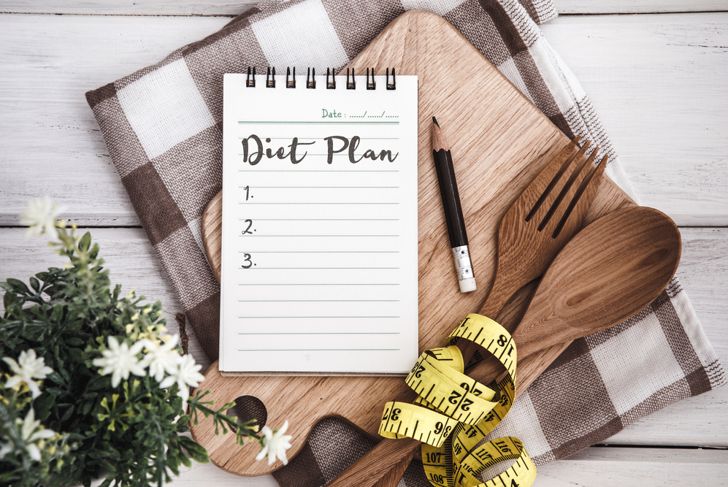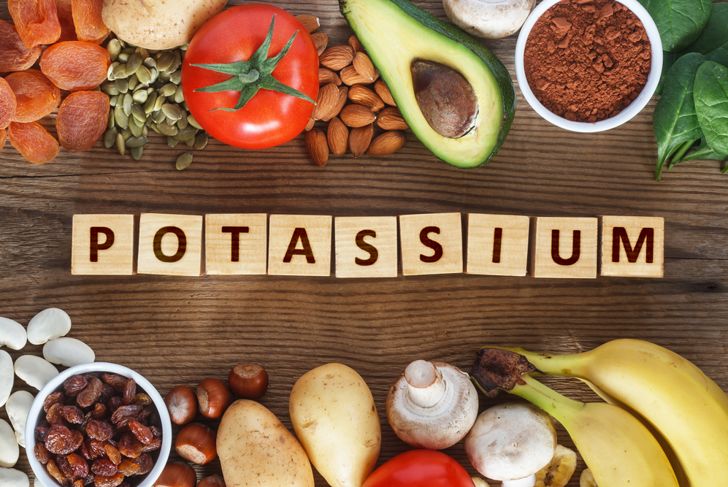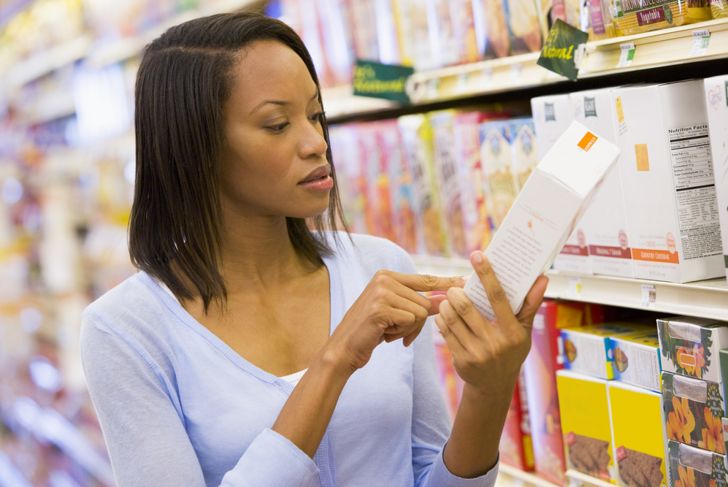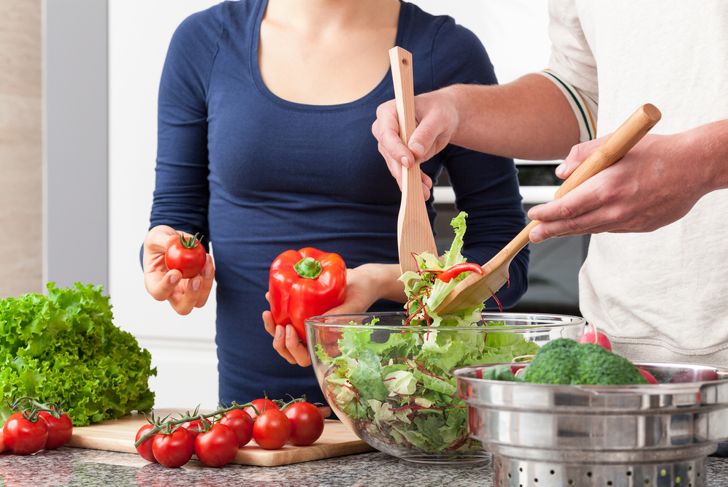The DASH diet is an eating plan designed to lower blood pressure — it’s an acronym for Dietary Approaches to Stop Hypertension. The DASH diet is endorsed by the US National Heart, Lung, and Blood Institute as well as the American Heart Association (AHA) and the Mayo Clinic to reduce hypertension and lower the risk of heart disease, heart attack, stroke, and other conditions. This long-term diet focuses on limiting sodium intake, portion control, and eating a variety of plant-based foods to get the proper nutrition. People who follow the DASH diet also find that they lose weight, lower their cholesterol levels, and reduce their risk of developing diabetes.
Sodium intake
The average American consumes 3,400 mg of sodium a day or more. That’s a lot of sodium— no wonder over a third of American adults have hypertension. The standard DASH diet recommends no more than 2,300 mg of sodium per day— or one teaspoon of salt. The lower sodium DASH diet and the American Heart Association recommends no more than 1,500 mg of sodium per day for all adults. If you cut out processed foods and snacks, you’re already ahead of the game. Those foods contain exorbitant amounts of sodium that you can do without. Don’t add salt when cooking soups, rice, pasta, or hot cereals. When you sit down to eat, limit adding salt to your food to one or two shakes.
Eating plan
The DASH diet is flexible. It does not require any special foods, and you can eat a variety of foods from different food groups. Foods that are allowed:
- A lot of whole grains, fruits, and vegetables
- Low-fat or fat-free dairy products
- Fish, poultry, beans, nuts, vegetable oils
Foods to avoid:
- Full-fat dairy products
- Red meat and fatty meats
- Tropical oils: coconut oil, palm kernel, and palm oils
- Sweets and sugary beverages
- Processed foods
Foods should be:
- Low in saturated and trans fats
- Rich in potassium, calcium, magnesium, fiber, and protein
- Low in sodium
The following table shows the recommended eating plan for a 2,000-calorie diet.
| Type of food | Servings on a 2,000-calorie diet |
| Grains and grain products (at least three whole grain foods per day) | 6-8 |
| Fruits | 4-5 |
| Vegetables | 4-5 |
| Low-fat or non-fat dairy foods | 2-3 |
| Lean meats, fish, poultry | 2 or less |
| Nuts, seeds, and legumes | 4-5 per week |
| Fats and sweets | limited |
Potassium and the DASH diet
Potassium plays a unique role in regulating blood pressure. It helps to reduce blood pressure by balancing out the effects of salt. Salt causes fluid retention, whereas potassium helps to control the amount of fluid stored in the body. The more fluids in the body, the higher the blood pressure. The DASH diet recommends eating 4,700 mg of potassium daily to further lower blood pressure. Some examples of foods that are rich in potassium include:
- Avocado. One whole avocado contains 1,067 mg of potassium
- Potato. One medium baked potato contains 941 mg of potassium
- Sweet potato. One medium sweet potato contains 855 mg of potassium
- Spinach. One cup of cooked spinach contains 839 mg of potassium
- Salmon. Half a fillet of salmon contains 772 mg of potassium
- Edamame. One cup of edamame contains 676 mg of potassium
- Plain yogurt. One cup of plain yogurt (not Greek yogurt) contains 573 mg of potassium
- Beets. One cup of cooked, sliced beets contains 518 mg of potassium
- Orange juice. One cup of orange juice contains 496 mg of potassium
- Banana. One banana contains 422 mg of potassium
Tips for lowering sodium intake
There are many ways to lower sodium when shopping, cooking, and eating out.
- Read food labels, and only buy foods that are low in sodium.
- Choose fresh or frozen produce instead of canned
- Choose fresh poultry, fish, and lean meat instead of cured foods
- Avoid instant or flavored rice, oatmeal, pasta, or soups
- Rinse canned foods before eating them
- Flavor foods with salt-free spice blends
- When going out to eat, ask that foods be prepared without added salt or MSG. Avoid menu items that include soy sauce, cured foods, pickled foods, or a lot of cheese.
Tips for starting the DASH diet
The DASH diet is a long-term diet. Think of it more as a lifestyle. To get the long-term benefits from the menu, you need to make sure that you stick to it. The following tips will help to ease you into this healthy lifestyle choice and keep you there.
- Incorporate the diet gradually. If you suddenly drop all your favorite treats and switch over to strictly whole grains, fresh produce, and legumes— you may get sick of it quickly, and you’re much more likely to drop it altogether. Instead, ease into the diet by slowly incorporating more fresh produce into your day. If you aren’t accustomed to eating whole grains, start with one or two servings a day of whole grains and work your way up. You can still eat sweets, but limit them to about four servings per week (one serving is the equivalent of one tablespoon of sugar, jelly, jam, or ½ cup sorbet). If you’re used to eating a lot of salt, slowly cut back to get your taste buds accustomed to the change.
- Don’t beat yourself up over setbacks. Setbacks are normal, and they’re bound to happen. If you’ve had one or two bad days— where you’ve consumed more salt and sugar than you should have— that’s perfectly okay. Don’t let it discourage you from eating well the next day.
- Exercise. If you’ve started the DASH diet to lower blood pressure and benefit from weight loss, you should definitely be exercising too. Every person should be exercising for 30 minutes, three to four times a week— especially those looking to lower blood pressure.
- Get yourself a buddy. Find a friend, family member, or partner that would like to get healthy with you. It’s much easier to stick to the diet when you have someone to report to!

 Home
Home Health
Health Diet & Nutrition
Diet & Nutrition Living Well
Living Well More
More















